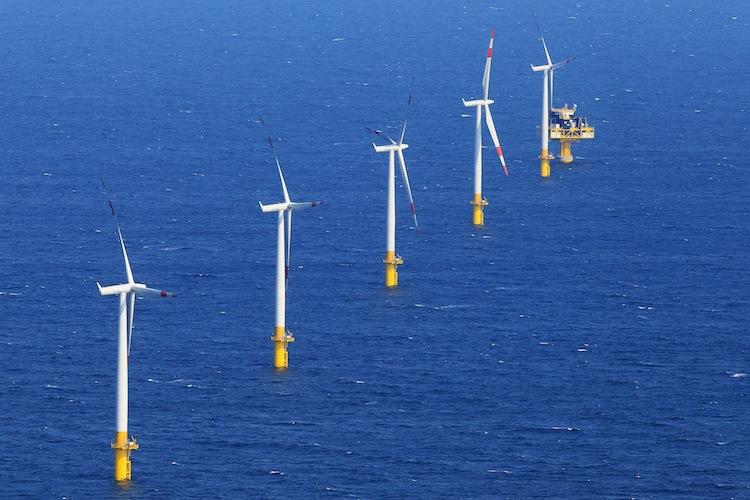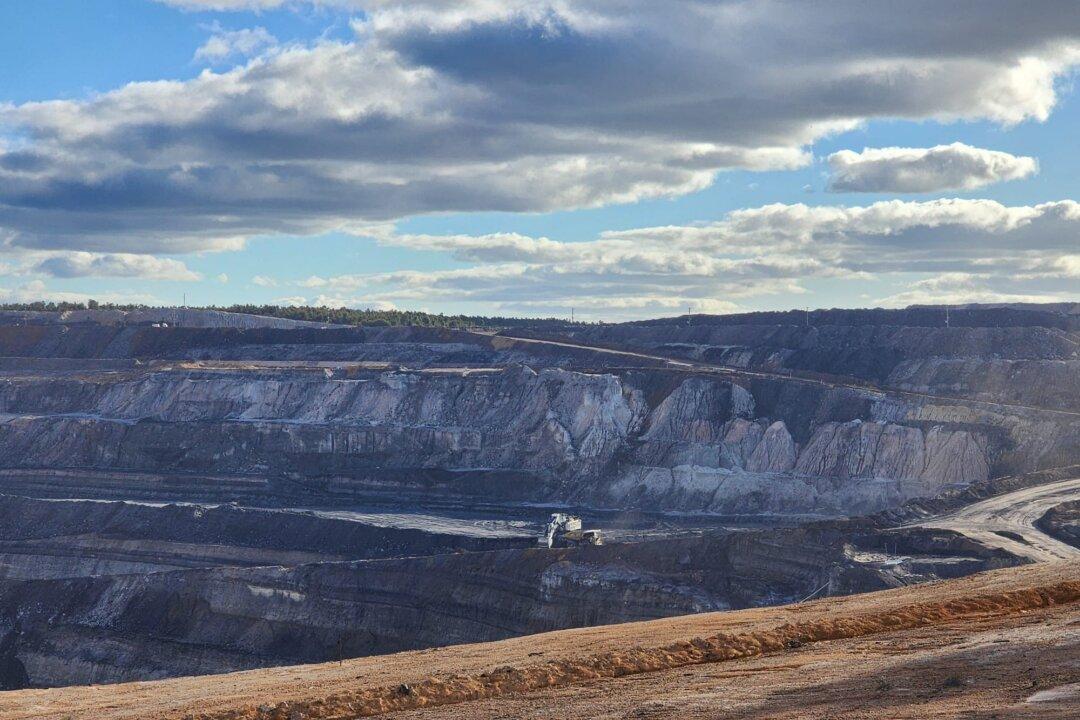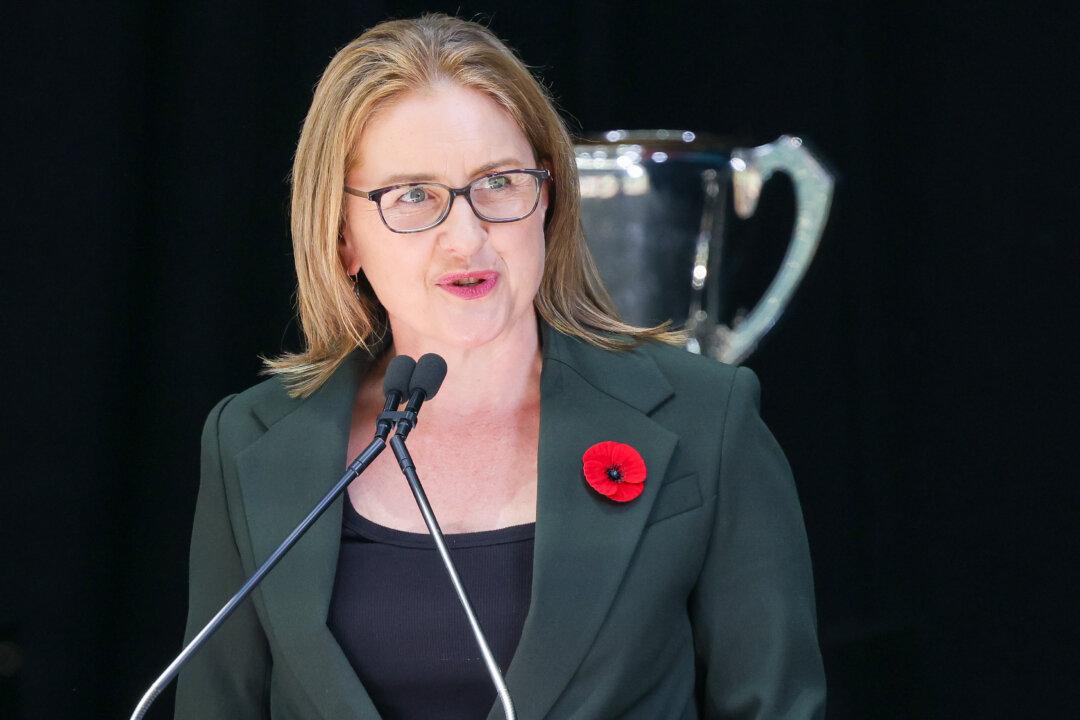Victoria has been formally admitted to the Global Offshore Wind Alliance (GOWA) as its first sub-national jurisdiction.
In 2022, Australia as a nation joined GOWA as one of its current 14 member nations and represents the second-largest offshore wind pipeline in the Asia-Pacific region, just behind China. However, the winds along Victoria’s coast are prime locations for wind farms, able to stimulate a booming and emerging sector, hence joining GOWA as its first sub-national.




